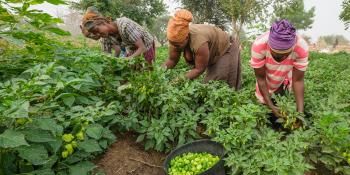Gender-dimensions of climate-smart agriculture: what do we really know?
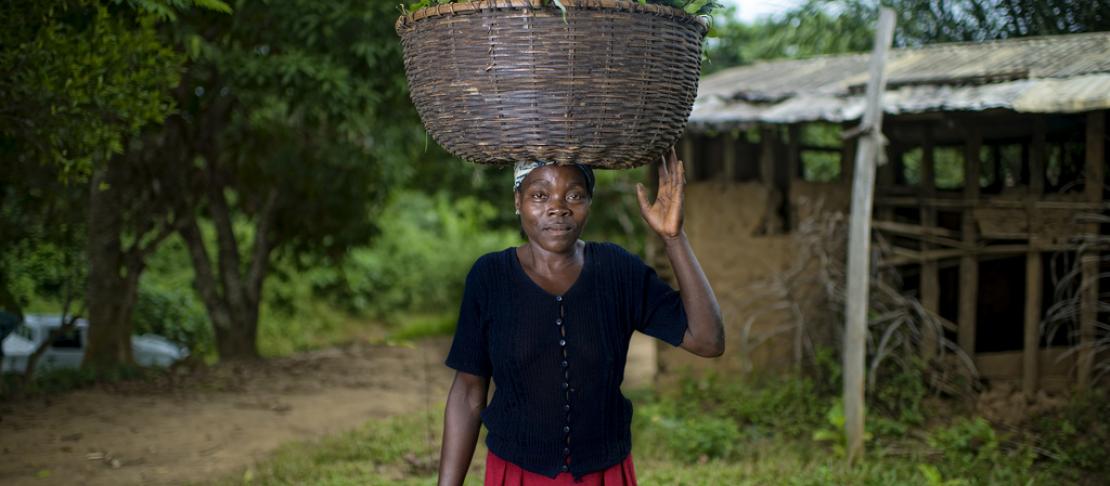
There are no magic formulas when it comes to scaling up gender-sensitive climate-smart agriculture practices. And even if there were, our current knowledge of what makes agriculture practices, not only climate smart but also gender-appropriate, is quite limited. Need less to say this makes it very difficult to transfer resilient agriculture practices that could help both men and women farmers equally!
With the ambition to better understand the gender dimensions of climate-smart agriculture, more than 60 inquisitive participants joined an online webinar on the topics: Gender and Climate-Smart Agriculture in February, coordinated by the Food and Agriculture Organisation of the United Nations (FAO).
Patti Kristjanson, leading our Linking Knowledge to Action work was one of the presenters, together with Miranda Morgan, Post-Doctoral Fellow from WorldFish and Dalia Mattioni from FAO as the session moderator.
The recording of the session is available on the FAO site, together with two other online webinars on related topics.
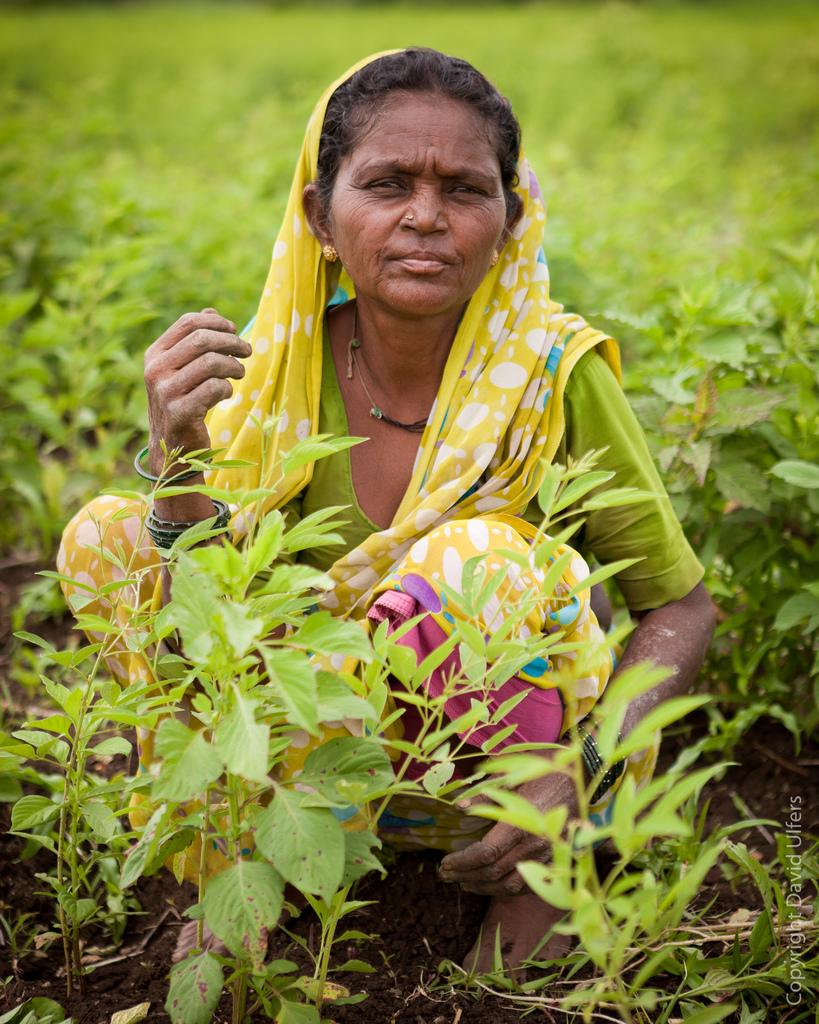
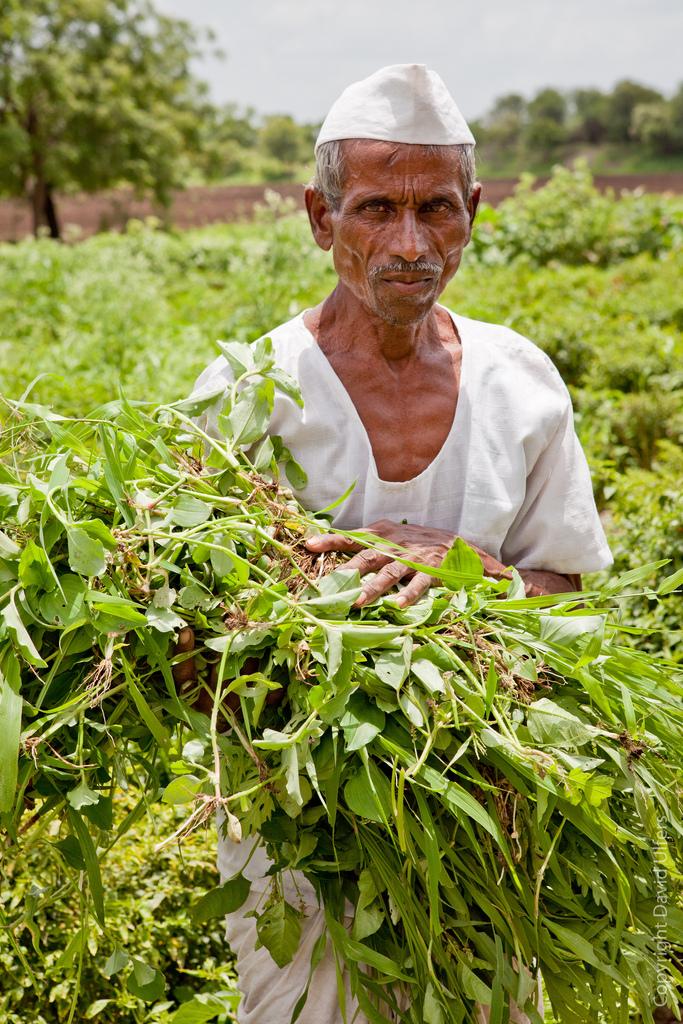
What makes an agriculture practice gender-sensitive? There is still quite a lot we don't know about gender within climate-smart agriculture. Photos: David Ulfers.
Searching for gender-sensitive agricultural knowledge
Patti Kristjanson shared a few insights and some initial findings from a currently rolled-out intrahousehold survey project, done in collaboration with the International Food Policy Research Institute (IFPRI) in CCAFS regions.
The surveys asked the same questions, some farm-related, to the men and women living in the same household - only separately. Through this approach, researchers can delve deeper into how men and women think and act related to the changes in their surroundings (not just to climate change). And through this, the right agriculture tools, policies and approaches can be found that assist both men and women farmers equally as they are based on their specific, and potentially diverging, needs.
Initial findings show, said Patti, that women are receiving less climate and agriculture-related information than men. This held true across Asia and Africa.
This is problematic, as improved climate services can enhance adaptive capacity and resilience among vulnerable people. An acute gender-sensitive response from agriculture extension service agents and local governmental officials would therefore be needed.
Another snapshot from the surveys were findings from two regions in Kenya where there is surprisingly low awareness among women of many agriculture practices that could for example improve soil fertility and water storage. But once aware, women appear to be highly likely, or even more likely than other community members, to adopt climate-smart practices!
The survey tool is based on the Women empowerment in agriculture index prepared by IFPRI. Results will be available later this year on our blog.
Get Patti's presentation from the session:
What to do when climate-smart practices could mean more work for women?
In some instances, climate-smart agriculture could potentially increase the workload for women – as new duties could fall on their shoulders. It is therefore important to capture these differences from the research level and look at what type of labor is required when implementing new climate-smart practices.
Miranda Morgan from WorldFish did however point out that they’ve found that in some instances, the women participating in their aquaculture project didn’t mind the extra workload. WorldFish is investigating if two specific climate-smart aquaculture innovations - cage aquaculture and pond polyculture - can also be considered gender-sensitive.
Read: Cage fish culture can bring changes for poor women
Before the women were seen as having little capacity and more leasure time. Gaining new capacity and knowledge on fishing and cultivation together with additional work tasks, albeit a trade-off, was not necessarily seen as a burden. Several of the women expressed that they enjoyed their new found role as it gave them a sense of empowerment. This important aspect will need to be considered too, when investigating the potential gender-implications of climate-smart agriculture practices.
Get Miranda's presentation: Gender dimensions of adopting climate-smart aquaculture (PFD)
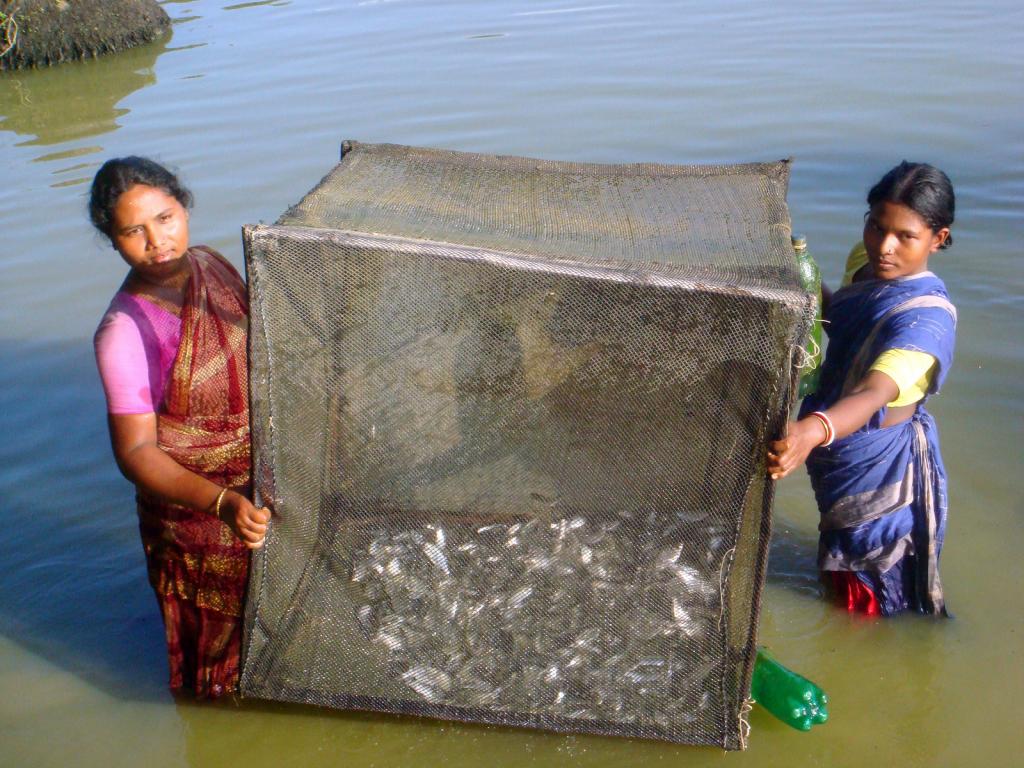
Researchers at WorldFish have been reviewing various climate-smart aquaculture practices - like Cage fishing - to see if they could be considered gender-appropriate. Photo:
“We can’t empower women: they have to do it themselves”
The group had tough questions prepared for the presenters. One question related back to how women can be empowered to pick-up climate-smart agriculture practices.
This is a very complicated question, and we have to ask ourselves if we can really “empower women” from the top-down, said Miranda. We probably can’t empower women, so that they in turn can negotiate and select climate-smart practices that would work best for them and the household. What we can do, however, is to start and support the process that will help women farmers gain confidence and skills, which in turn could help them move towards a climate-resilient future.
This would have to be done while being contious of the social contexts, the institutions in place and the power dynamics in the various areas, as these aspects set the tone and stage for how men and women act and can act in society
Empowerment is also not about being dis-empowered or empowered, but instead a dynamic, non-linear process. But women, and men, can still become "empowered". In the project that Miranda and her WorldFish colleagues have been working in, they’ve noticed a few changes in how the women see themselves after they’ve received trainings and participated in the project. They’ve expressed an increase in self-confidence among other things. It might not be that they are now empowered, but at least a small step in that direction.
The session rounded up with the words: How we do our research matters a lot. If we forget about the gender-dimension from the beginning, or leave men out in agricultural projects, new innovative agricultural practices might have negative impacts on women farmers. In the end, this will not help generate innovations nor policies that will benefit both men and women equally. We need to continue to search for agricultural practices that "do-no harm" to women, and men, while recognising that some women might not mind the extra workload if it means that they get the respect from other community members.
- Read more about our Gender Work in this Brief: Enabling people to reach their full potential in adapting agriculture to climate change
- Listen to the online webinar and get all the presentations.
- Read: Gender-sensitive research key to empower both men and women farmers (Blog)
- More on the same topic: Are there gender impacts from 'climate-smart' agriculture?
This story was prepared by Cecilia Schubert, Communications Specialist at CCAFS. Photos in the text are from India and taken by photographer David Ulfers.
This story is part of a blog-series aimed to highlight International Women's Day on 8 March and this year's theme Inspiring Change. Help us celebrate IWD by following us online on Twitter, Facebook and Storify using #IWD2014 for more updates. Read additional gender-related stories on our blog.



